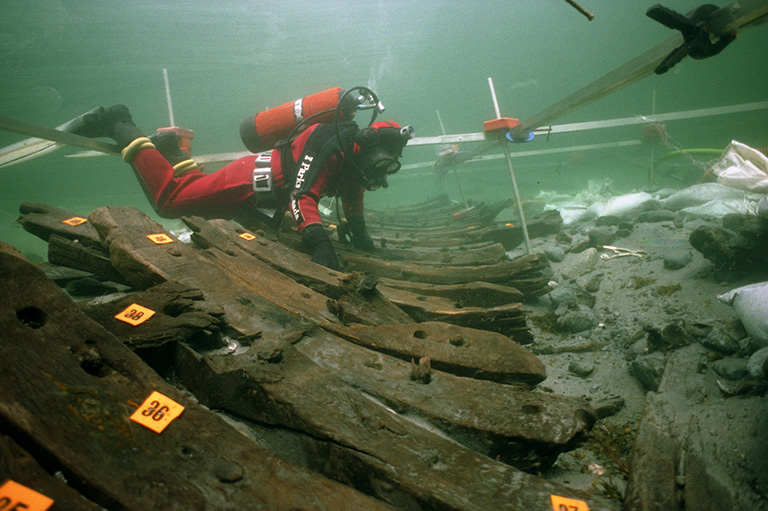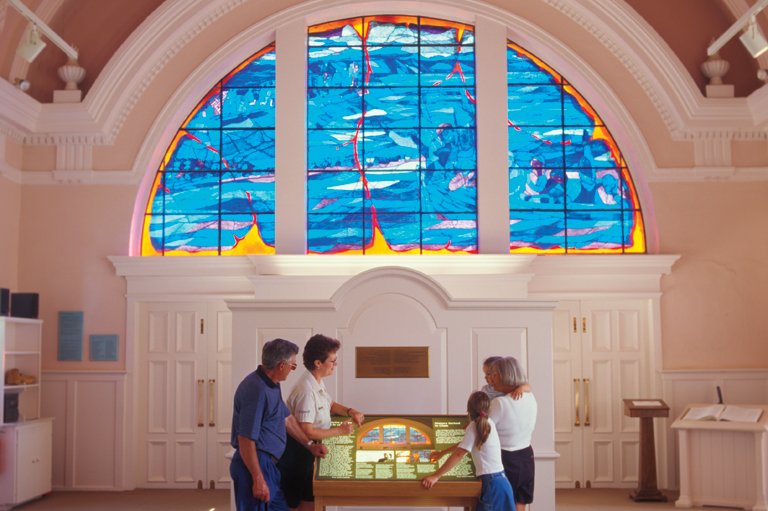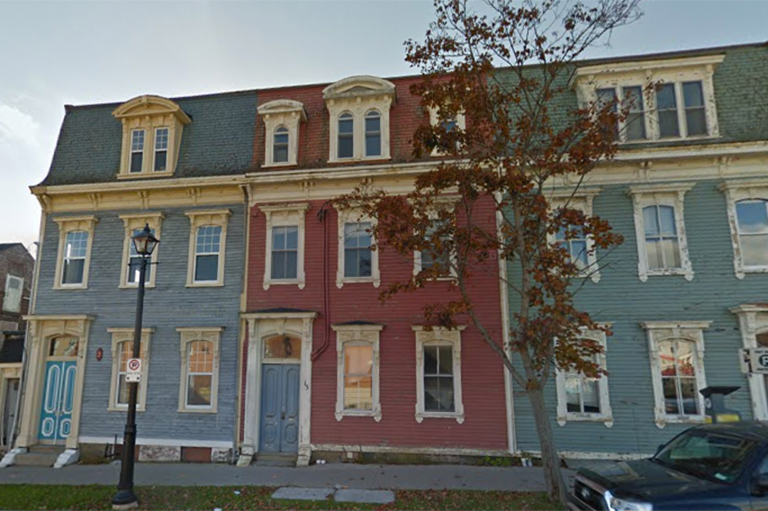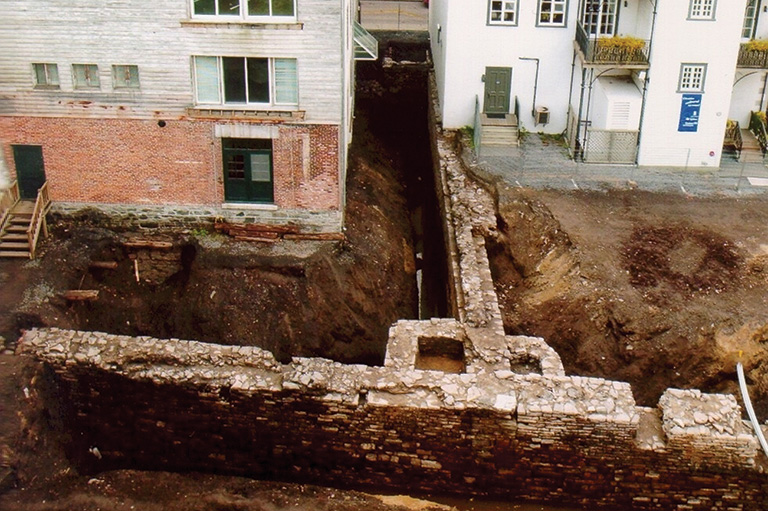Diving Deep: Marine Archaeology

Parks Canada, which celebrated 100 years of existence in 2011, is a leader in marine archaeology, both nationally and internationally. Its Underwater Archaeology Service has been in existence since 1964.
A breakthrough was made in September 2014 when an expedition led by Parks Canada discovered the wreck of HMS Erebus, in the south of Victoria Island in Nunavut. A second breakthrough happened in September 2016, when HMS Terror was found in Terror Bay, further north. The use of state-of-the-art technology, Inuit knowledge and oral testimony made these historic discoveries possible.
Marine archaeology evokes shipwrecks, and Canada certainly does not lack for them. But the work of Parks Canada in recent years has been much broader than searching for ship timbers and lost Victorian explorers of the Arctic. Its work, ranging from prehistory to the Second World War, is as varied and unusual as any archaeology on dry land. As well, the service’s duties include developing management plans for the protection, preservation, and recreational use of underwater archaeological resources. Striking a balance between protecting heritage resources and accommodating public interest is one of the department’s more pressing issues.
The Parks Canada system includes Fathom Five National Marine Park in Georgian Bay, Ontario, home to a variety of nineteenth- and twentieth-century wrecks that are popular with sport divers. But its best-known marine heritage project is Red Bay National Historic Site in Labrador, home to a sixteenth-century Basque whaling station. The discovery in 1978 of the remains of a Basque ship, believed to be the San Juan, dated to 1565 and the oldest known historic shipwreck in Canada, led to excavations from 1978 to 1985. This work uncovered a total of three whaling galleons and four smaller craft. Further discoveries were made more recently. “It’s one of the landmark excavations in the world; few of them ever represent a generation of work,” says Marc-André Bernier, who heads the Underwater Archaeology Service.
Parks Canada also does underwater archaeology at Fortress of Louisbourg in Cape Breton, the Gulf of St. Lawrence, Lake Ontario, the West Coast, and other locations throughout Canada.
Themes associated with this article
Advertisement




